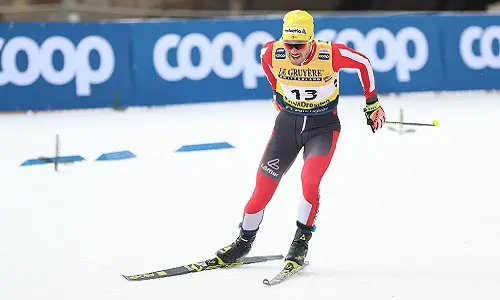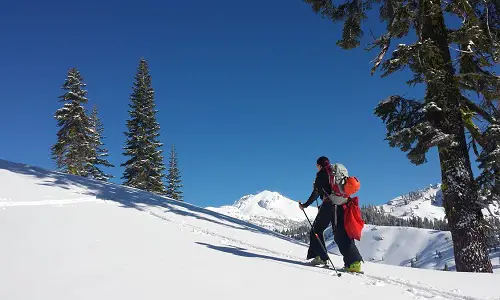Table of Contents
Every cross-country skier should know the different types of snow like firm, powder, corn, hard, or sun cup, each with its own characteristics. To know more about them, read ahead.
All Types of Snow for Cross-Country Skiing
Like most other sports, skiing also requires the right conditions, which basically means you need appropriately textured snow for cross-country skiing. But more often than not, people don’t have the luxury of choosing their conditions.
However, with the right information, you can ski on just about any surface.
Here is what you need to know about the different kinds of snow that you may encounter on your next skiing trip.
#1 Butter
This is as good as it gets when it comes to cross-country skiing. This type of snow is neither too hard nor too soft; it has just the right texture.
Its appearance also changes throughout the day. At the beginning of the day, it is firm, then it becomes just a little firm, and as the day progresses, it becomes a bit soft.
However, the major problem with this type of snow is that it doesn’t last. Once it starts to melt and become buttery, it soon becomes sticky and even soft.
In short, any area where the sun has just hit will appear to be buttery.
#2 Boilerplate
This roughly translates to frozen, crusty, and hard-packed snow with some icy patches in between. It happens when ice crystals fall onto colder surfaces and is often described by some locals as snow that is as hard as metal with boilerplates surrounding it. This explanation is obviously metaphorical, but it rightly explains how this snow feels to onlookers.
Boilerplate snow is not ideal for skiing as the ski won’t move forward, and you will have to exert a lot of unnecessary force.
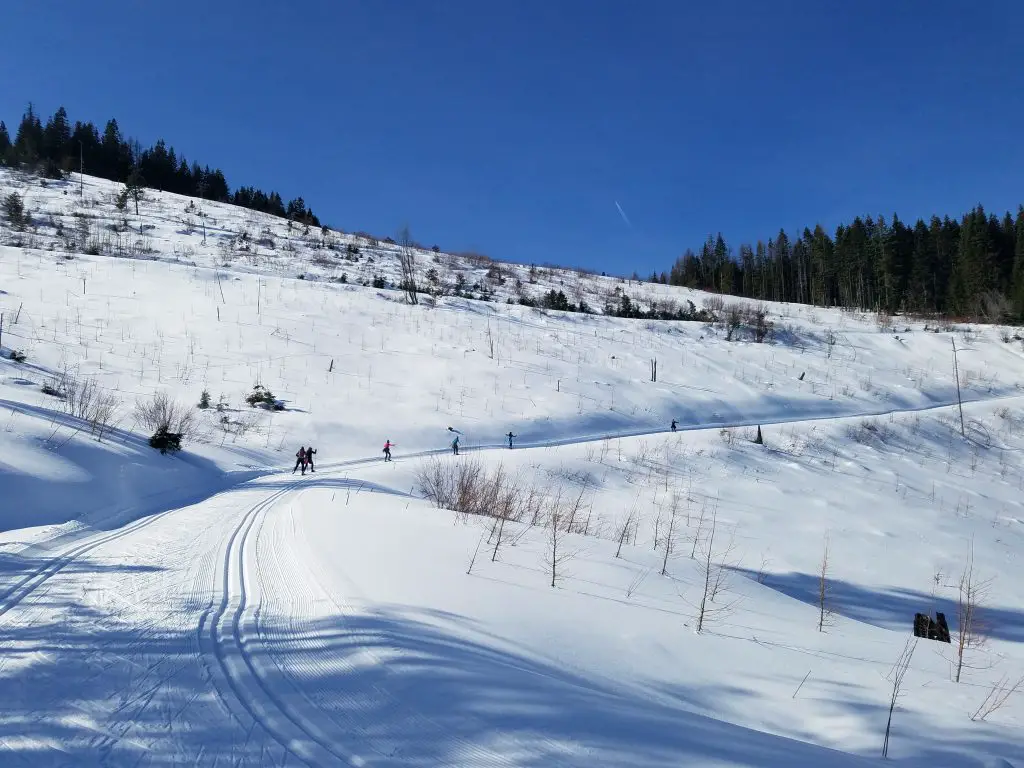
#3 Corn
Repeated melting and refreezing of snow crystals leads to what skiers call corn snow. The resulting texture resembles large-grained and rounded snow crystals that appear like corns. The process happens when water percolates through snow and then dissolves the bonds between its snow crystals. This makes the outer appearance hard and round.
It is interesting to note that the more saturated the snow, the more it dissolves the snow crystal bonds. This dramatically reduces the strength of the snow and makes it lose its hardness.
#4 Off-Piste Corn
If it hasn’t snowed for some time, but it has been freezing at night, off-piste or flat meadow areas can become quite firm and prove ideal for skiing. These areas are flat, so your ski won’t sink even when you go at a slow speed.
The opportunity doesn’t arise very often, so when it does, make sure to take full advantage of it. Some of the great piste areas to enjoy include Devil’s Peak area, Big Meadow, and Spooner meadow.
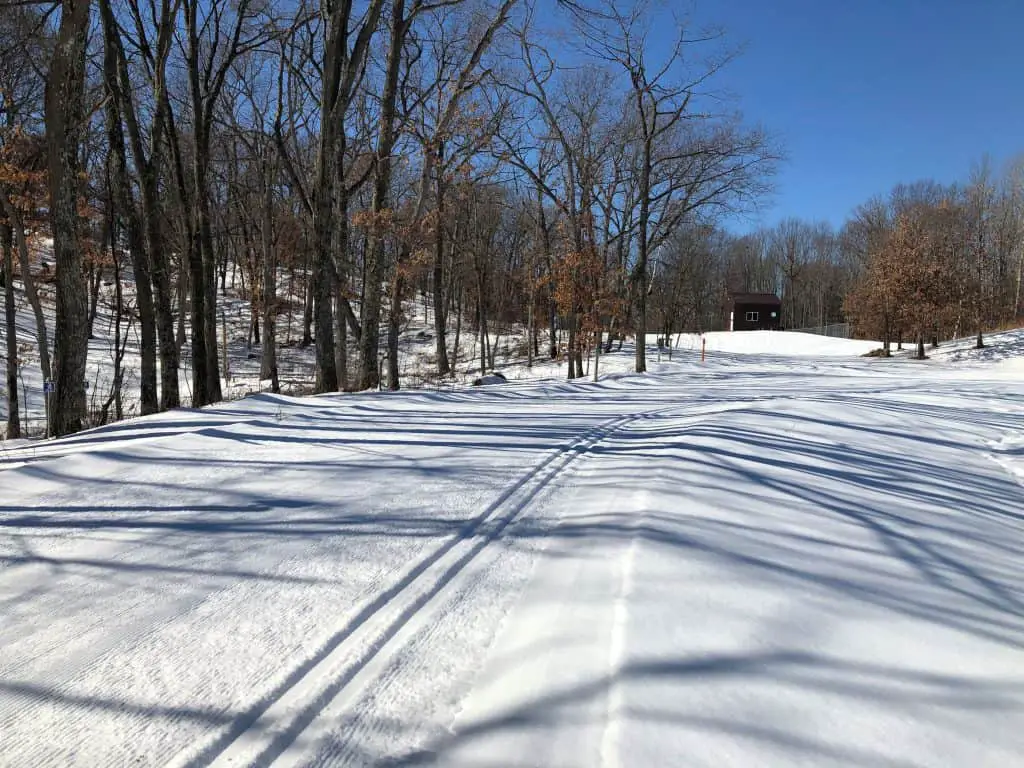
#5 Frozen Ruts
When the cross-country center is unable to groom a trail from the night before, frozen ruts occur. This occurrence is dependent on human activity because, in spring, many skiers make deep tracks in the snow (which resembles mashed potatoes) during the day. Those tracks become ruts once they freeze overnight when the temperature drops.
For most people, this is their least favorite kind of snow. For skiers, this is pretty bad news. Frozen ruts tend to grip strongly on your ski and reduce your speed.
Although this is a recurrent problem, Nordic centers have a quick solution for this. They groom all the trails at night using large grooming machines. They also don’t allow skiers to make new trails after the evening. This ensures that people who ski in the morning get a wholesome skiing experience.
#6 Firm
This kind of snow usually takes some time to form, but when it does, it becomes ideal for skiing. As the relative water content of the snow increases due to grooming activities and regular skiing, firm snow appears on the surface.
The ice warms up during the daytime and cools down overnight.
#7 Powder
The name is self-explanatory. Powder snow is freshly fallen and not compact. The texture and appearance are unique, and the moisture and density of the powder snow may vary from one part to the other.
You will mostly find this type of snow in coastal regions where there is high humidity. The likelihood of finding this snow is least in arid or continental areas.
#8 Firm Powder
This isn’t the most natural form of snow. Firm powder appears when the snow has been groomed at least a couple of times. In the initial stages of the grooming, the snow is firm and in a powdery form; however, in three weeks’ time, it changes into a boilerplate.
The best time to ski in this type of snow is when the trees are still laden with snow, and the air is still cool or crisp. During this time, firm powder is not as fast as hard-packed snow. You will also not be able to punch through and enjoy skiing to the maximum.
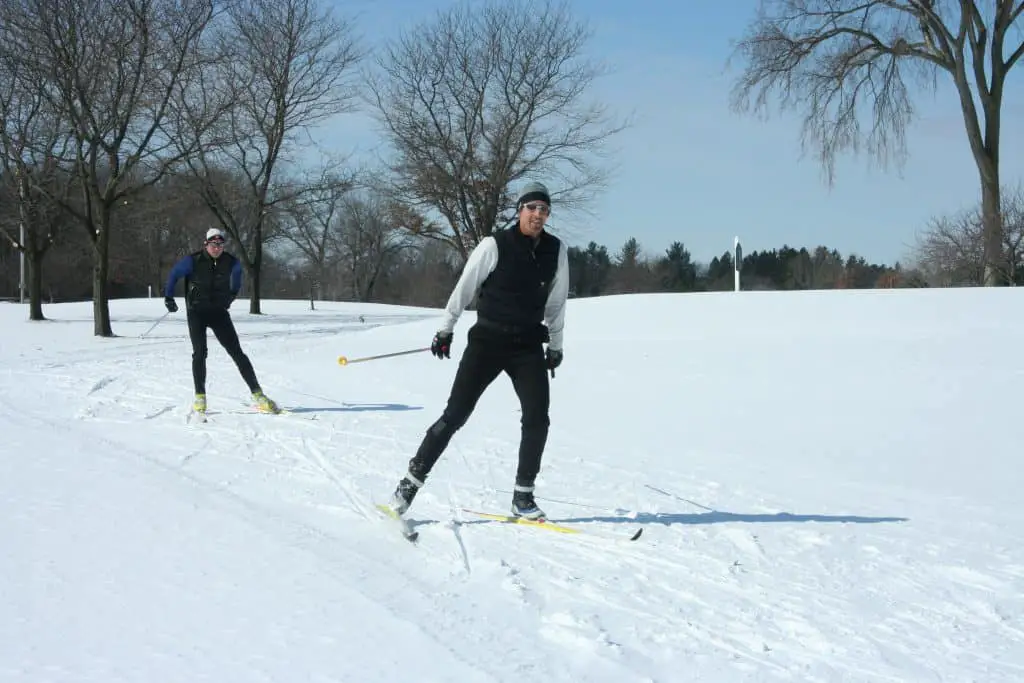
#9 Groomed Powder
As the name suggests, this is a powdery kind of snow that looks very attractive. It is usually produced after a big storm that results in cold and very dry snow. This kind of snow gives skiers a good grip and lets them experiment with different techniques.
As a cross-country or downhill skier, you will absolutely love the stability that this kind of snow ensures. When going downhill, your ski will hold on to the surface, thus reducing the speed and ensuring a safe run.
However, it also has its drawbacks. If the snow has only been groomed once or even twice, your ski may punch through the snow and not stay on top. This will further decrease your speed. These conditions may still prove fruitful for beginners, but they are a nightmare for people trying to set speed records.
#10 Packed Powder
Packed powder is basically snow packed down by either large grooming machines or skier activity. The snow doesn’t remain fluffy; rather, it becomes extremely soft.
Contrary to what people think, skiing in packed powder isn’t very difficult. You may not be able to achieve high speeds, but you will be able to ski without making any noise.
#11 Hardpack
This kind of snow results when fresh snowflakes of ice crystals become densely packed. When fresh snow crystallizes directly without melting first, it forms hardback snow.
It is further tightened after being groomed by heavy and thick machinery. A lot of wind exposure can also cause hardback snow.
Unlike frozen and granular snow, hardback retains its beautiful white color throughout.
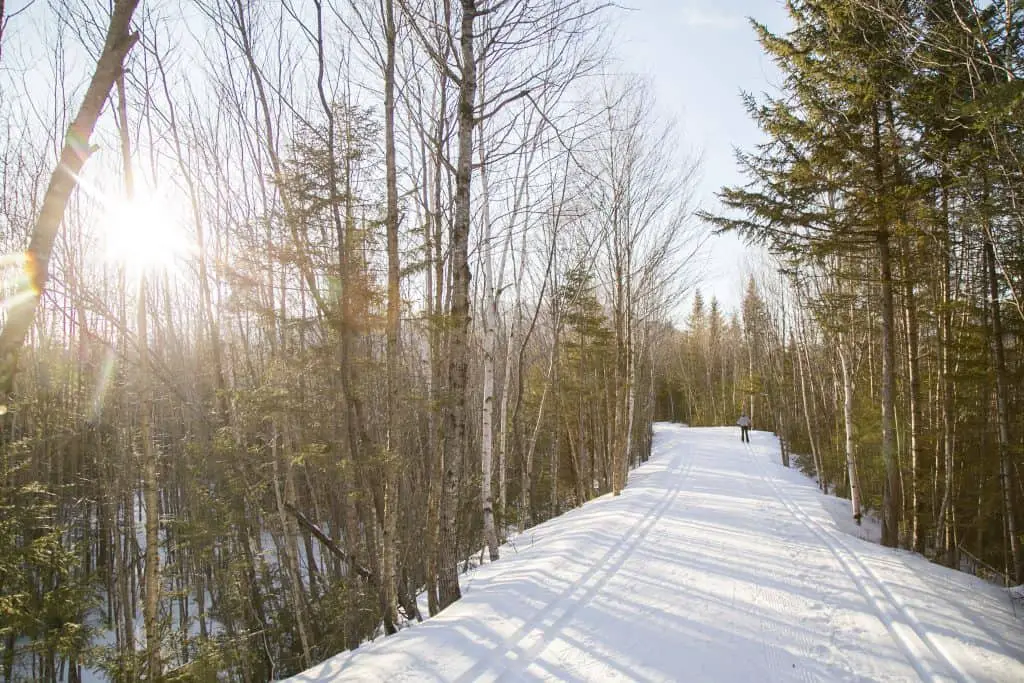
#12 Mashed Potatoes
Some adjectives that rightly describe this kind of snow are soft, sticky, gluey, dirty, and very messy. It is neither attractive to look at nor comfortable to walk in. So if you are a skier and want to have a fun day outside, pray for a snowstorm that can eliminate this kind of snow.
#13 Soft and Sticky
After the sun comes out, expect the snow around you to become really sticky and uncomfortable to walk on. But if this is a recurrent situation around you, there is no reason to be disappointed. No matter how sticky the snow gets, you can always ski, provided that you use the right techniques.
You can put in some amount on the backside of your ski so that you get a good grip. It is important to remember that the initial phase of the sticky and soft snow is fun to ski in, and you can even get a good speed. However, as the hours progress, this sticky snow can become deadly. Hence, it is better that you stay off the trails in the latter part of the day.
#14 Sugar
Frequent grooming coupled with very low temperatures can make snow appear sugary. It not only looks like sugar but even acts like sugar granules.
If sugar snow is very deep, you may not be able to go uphill. However, going downhill on sugar snow is extremely fun and easy.
#15 Sun Cups
You will see this type of snow usually late in the spring. The surface of the snow will start to look like giant golf balls if there hasn’t been a lot of snow lately or if the temperature has been slightly warm. This is when you will see slopes covered with round dimples known as snow cups.
Sun cups are usually some inches or a foot deep and can become a hassle for traffic. Most people don’t like skiing across a meadow full of snow cups. The experience is rather uncomfortable and quite bouncy and feels like water skiing.
Conclusion
For people who love skiing, waiting for the right conditions is second nature. The right kind of snow not only provides an exceptionally strong grip but also enhances your safety.
So the next time you are out with your friends, remember to take your skiing gear with you. The right conditions can hit you anytime!

